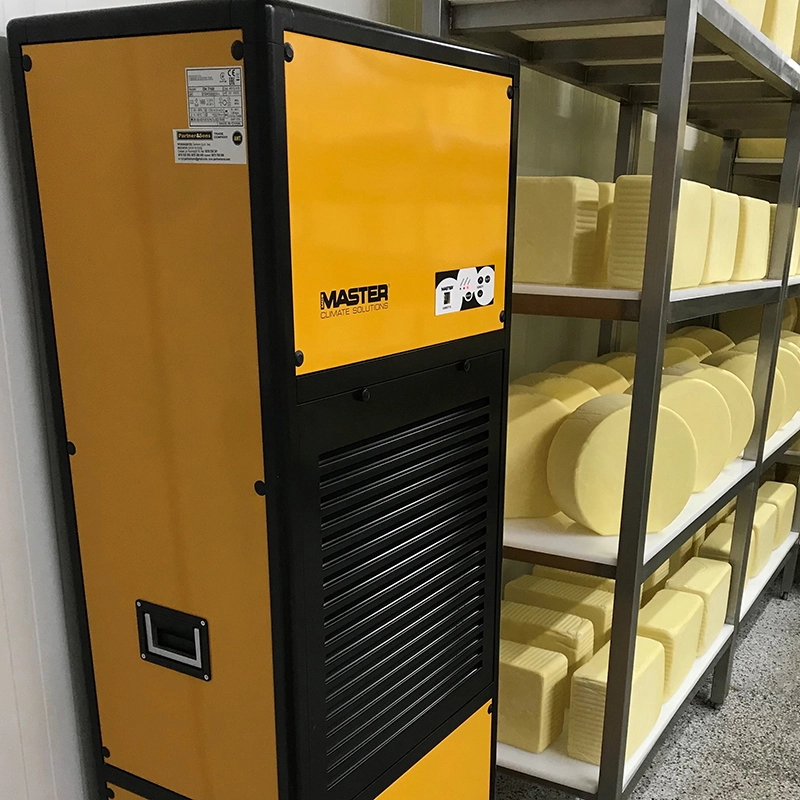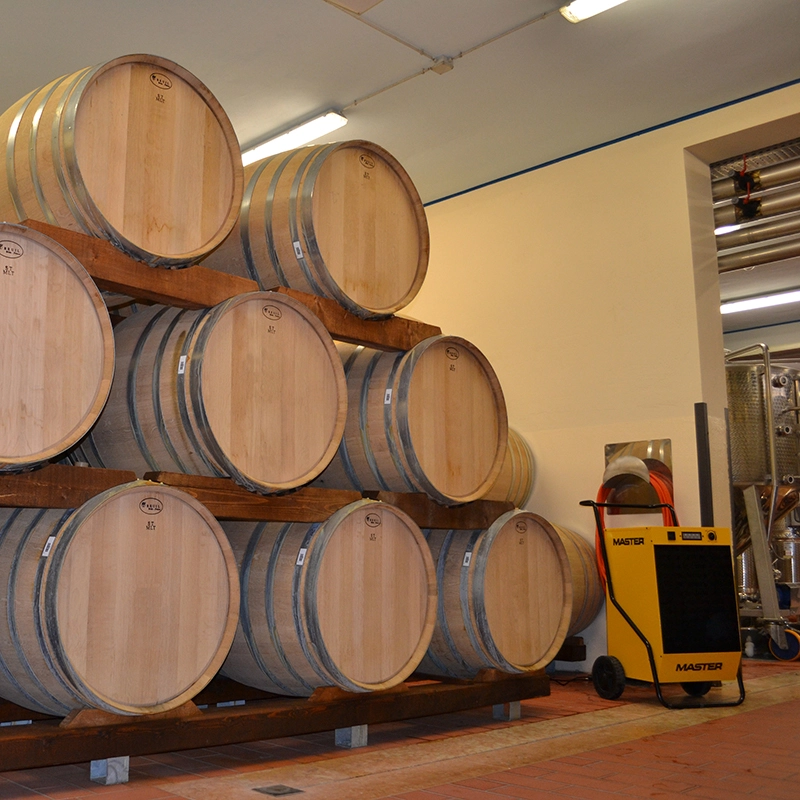Controlling Humidity & Moisture In Food & Drink Production
Moisture and humidity during any part of the food and drink production cycle can mean the difference between a safe and fresh product versus unsafe and spoiled. Excess humidity often leads to bacteria's growth, mildew or mould, while condensation on cold products also creates moisture risks when storing food and drink. Thankfully, you can easily mitigate these risks by using temperature control technology and dehumidification systems.
Keeping the production, processing and storage facility clean can easily be accomplished by regulating the relative humidity, as this improves hygiene. Lowering moisture levels in the air using dehumidifiers is a key – albeit often understated – component to maintaining food and drink product purity. Not only are dehumidifiers cost effective, but they also help keep food fresh for longer and provide a positive brand image for consumers when they purchase consistently high-quality products.
Observing stringent humidity and temperature controls right from production and processing, through to storage and packaging has become extremely important in meeting industry standards for food and drink products.
Humidity Levels in Production Areas
Bacteria thrives in high humidity, so it is essential to keep a controlled humidity level in the production areas and dry out areas quickly after washing. Condensation and even frost can be stopped by dehumidifying, keeping the raw food fresh and making it easier to put labels on the packaged food. Mould will also be prevented in a dehumidified area and a suitable dehumidification system can also create a problem-free pneumatic conveying without clogging in corners or cold spaces.
When a production room is dehumidified, the quality of the products is not affected by seasonal variations in the weather. Instead, the ideal temperature and humidity are maintained all year round. This means that both production and quality are increasing, while the maximum production level is achievable year-round. During the packing stage in both food and drink production, dehumidifiers can help prevent finished and packed food products from soaking up moisture and losing quality.
In meat processing, large amounts of water are used for cleaning. This can create undesirable moisture in premises that may result into condensation, but dehumidifying the room will improve hygiene and safety while also preventing the formation of mould and bacteria. Frost inside spiral-freezers or other types of cold storage freezers can be minimised with a desiccant dehumidifier controlling the moisture contents at the inlet and outlet.
In pneumatic transport, a lot of hygroscopic materials such as flour and sugar are transported with the help of air. But if the transport air is too moist, the materials will stick to the pipe, causing product quality issues and machinery downtime.
For the dairy industry, if it is too damp within factories labels that are placed on packages may fall off due to the fact the glue will not stick. Also, cheese stored in waxed envelopes can start to grow mould on the outside and this can destroy the cheese inside.
Dehumidifiers are commonplace within the drinks industry. They help prevent condensation on cold surfaces and the formation of bacteria by maintaining the dewpoints of production areas below cold surfaces, such as tanks and exposed pipework.
Benefits of Dehumidification
Commercial dehumidifiers in the food and drink industries serve many purposes, but they all have the same goal in mind - meeting the highest standards of production, processing, and storage. They offer a number of benefits for manufacturers and distributors of food and drink products, including faster drying, higher quality, uniform production and product purity.
Production rates can be significantly reduced from weeks to days - or in some cases, even minutes - when this process is controlled. Plus, streamlining production capacity enables food and drink manufacturers to scale production to meet increases in demand. Products maintain their highest level of quality and reach their shelf life only when humidity is controlled throughout all production and storage processes.





